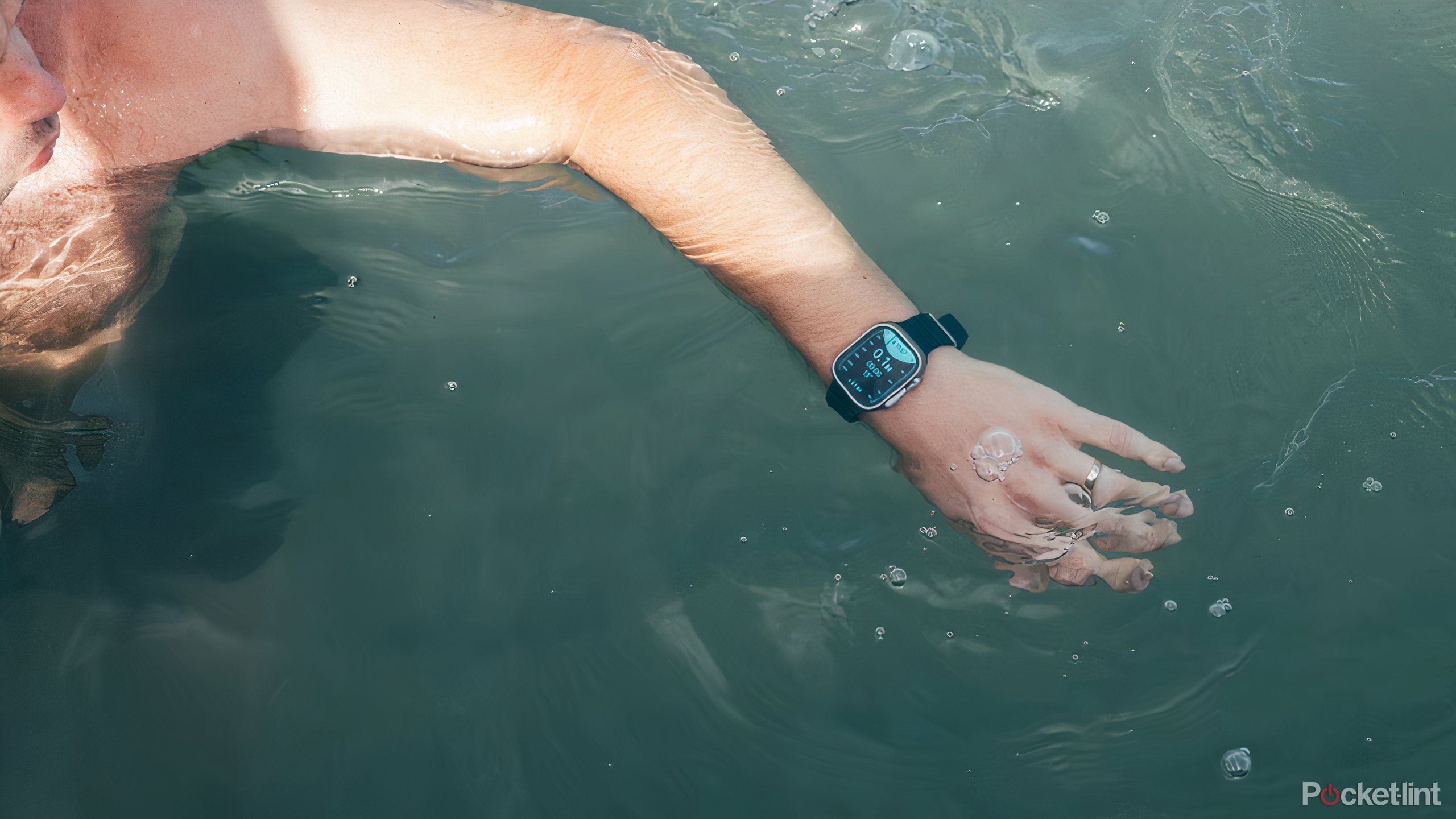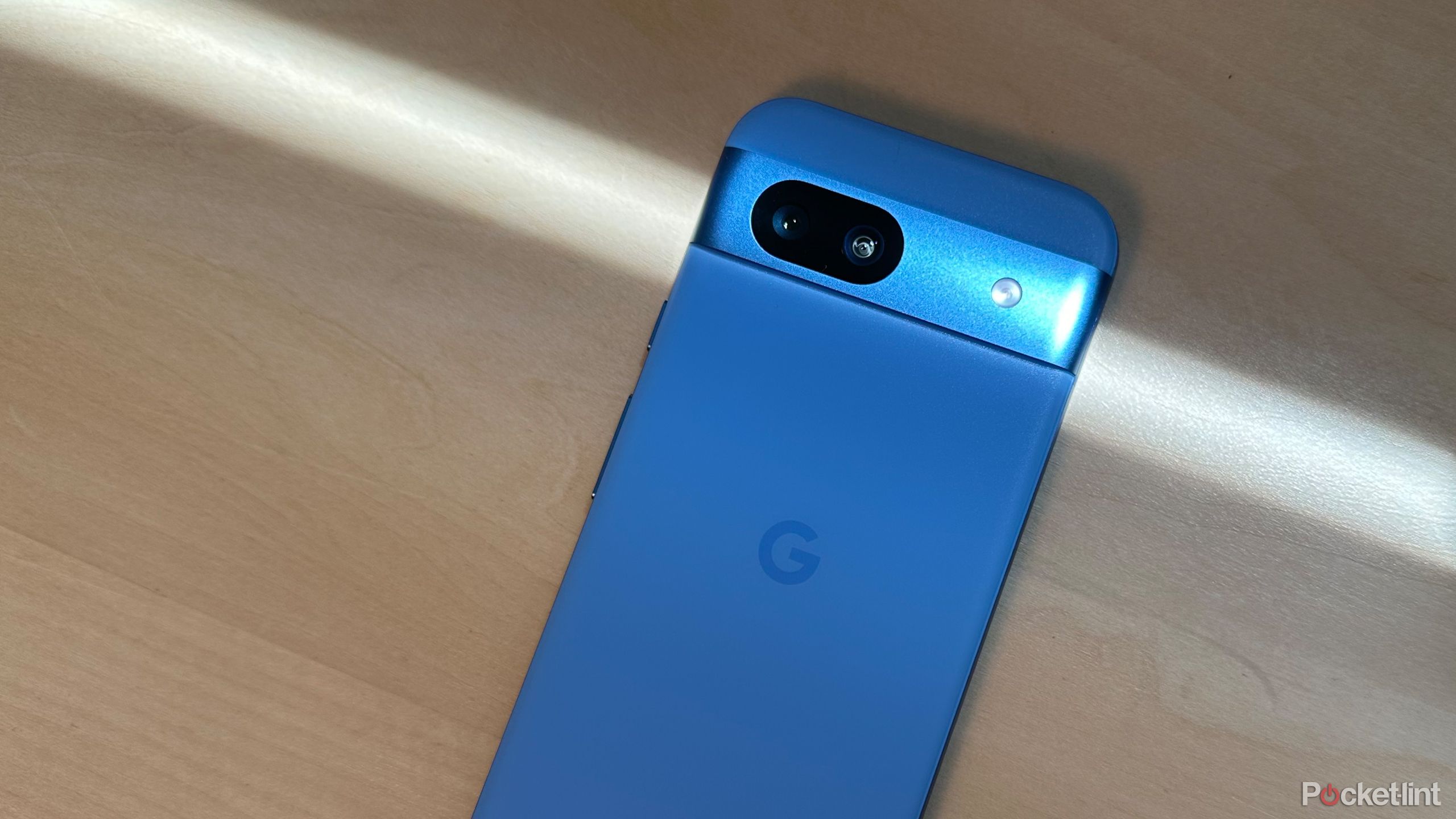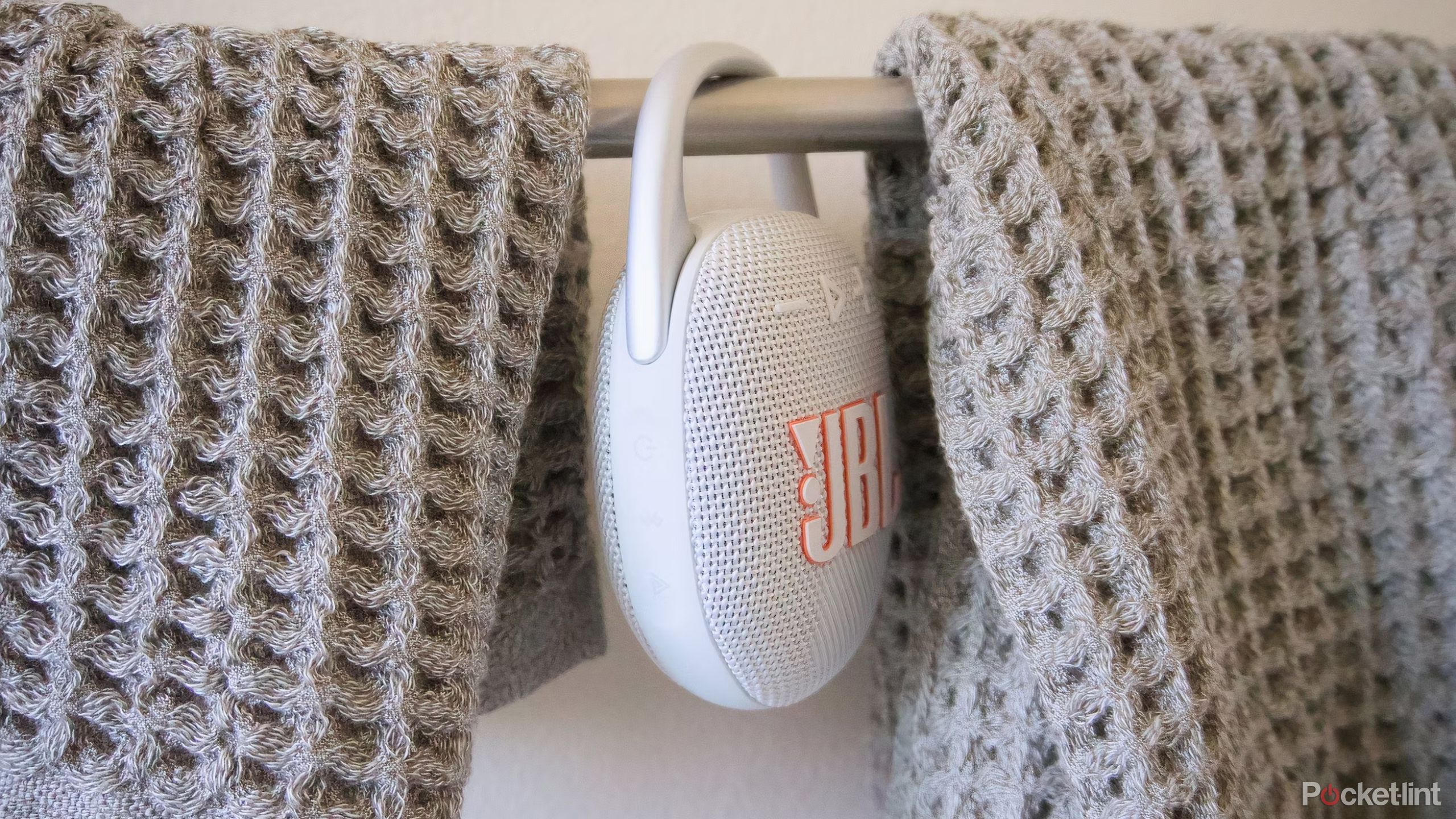Key Takeaways
- IP ratings quantify device water and dust resistance for consumer electronics.
- IP67 is fully dustproof, withstands submersion at 1m for 30 min, whereas IP68 surpasses this level.
- Don’t intentionally take IP67 or IP68 electronics swimming, and make sure to check the manufacturer’s safety guidelines.
Basic water and dust resistance has become a standard feature of smartphones, even among mid-range and budget models. It makes sense — no one’s going to put up with a phone that breaks in a rainstorm anymore, not when it costs upwards of several hundred dollars. For flagship models topping $1,000, you should rightfully expect the best protection available.
Sometimes, though, you’ll see protection alternate between IP67 and IP68. What does an IP rating signify? And what’s the gap between 67 and 68? It’s not much on paper, but it can have serious repercussions for your phone, as well as any other gadgets with IP ratings.
Related
Does smart tech really add that much to your fitness regimen?
The full answer varies from person to person, but here’s my gym-buff take.
What is an IP rating? Plus, how to read them
Always check specs when you’re shopping
IP is short for “ingress protection,” and refers to a standard set by the International Electrotechnical Commission (IEC). Think of it as a way of quantifying a device’s water and dust resistance rather than relying on ambiguous marketing claims. To get an IP rating, a device has to win certification through an IEC-approved testing firm. Just about any piece of electronics can qualify, ranging from phones and smartwatches through to electric unicycles.
The numbers at the end of an IP rating are actually two separate figures. The first refers to dust resistance, while the second is for water. If you see an “X” in place of a number — e.g. IPX4 — that means a particular category wasn’t tested. That may or may not matter, depending on the device’s use case — it’s usually irrelevant how dust-resistant your earbuds are.
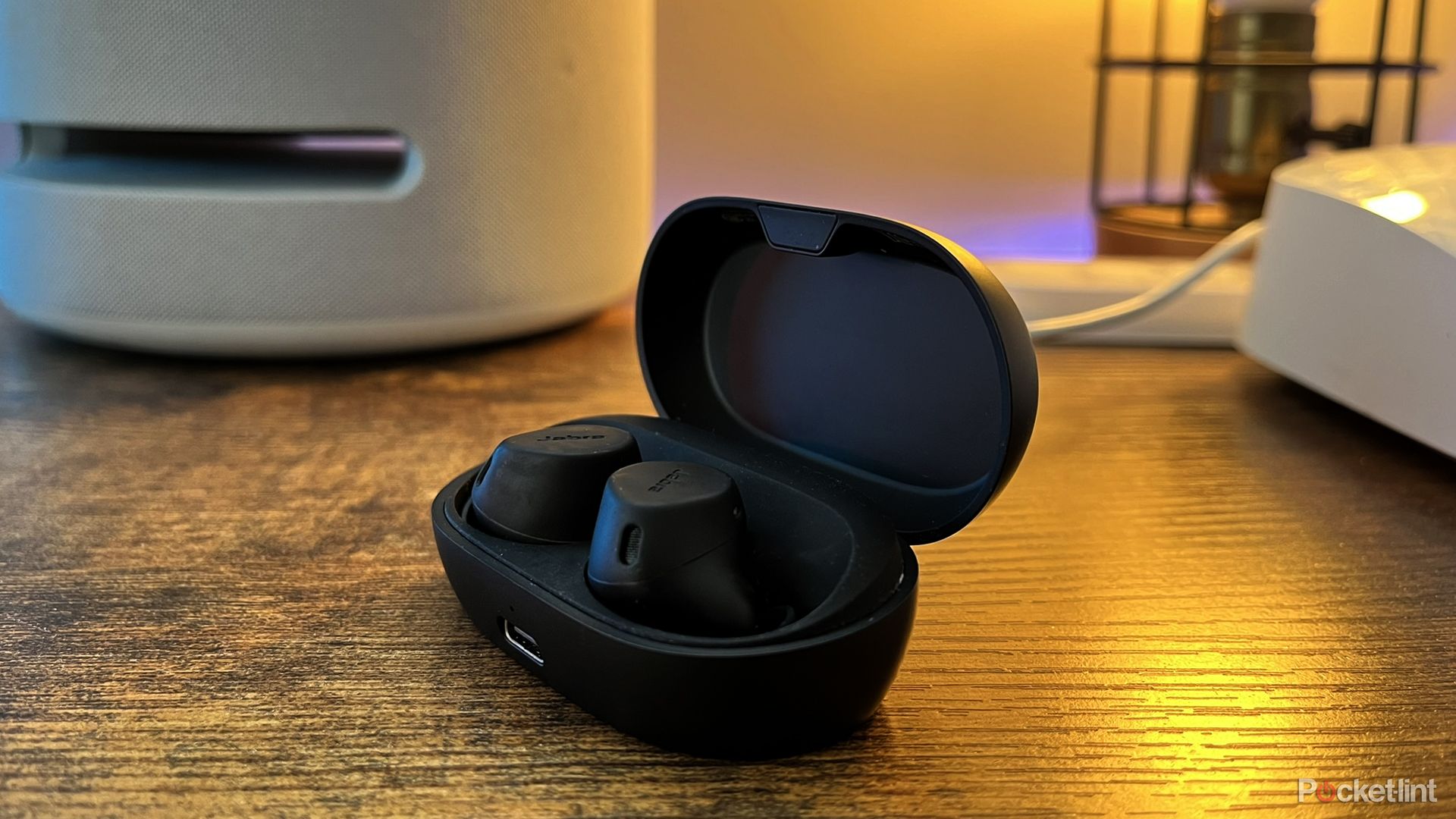
Related
6 features you should look for in workout earbuds and headphones
Demanding workouts mean demanding headphone specs.
What’s the difference between IP67 and IP68?
Peace of mind, for the most part
All IP67 electronics are fully dustproof — nothing solid can get in or out when protection seals are intact. As for water, the rating means that a device can be submerged to a depth of 1 meter (about 3.3 feet) for 30 minutes. An example of an IP67 phone is Google’s Pixel 8a.
IP68 is preferable, since it means water resistance exceeds that 1 meter/30-minute standard. The exact amount will vary from product to product. The iPhone 16 Pro, for instance, can survive 6 meters (about 19.7 feet) of water for 30 minutes, but other devices may slot above or below that threshold. It’s up to a manufacturer to decide what they’re shooting for.
IP68 is always preferable.
In most circumstances, IP67 is more than good enough — a phone dropped in a toilet or bathtub should be just fine as long as you fish it out quickly. IP68 could save your hide, however, if you accidentally drop your phone into a lake, or if you can’t rescue it immediately. An IP68 device may also retain longer resistance — water protection seals inevitably degrade over time, so the stronger they are from the outset, the better.
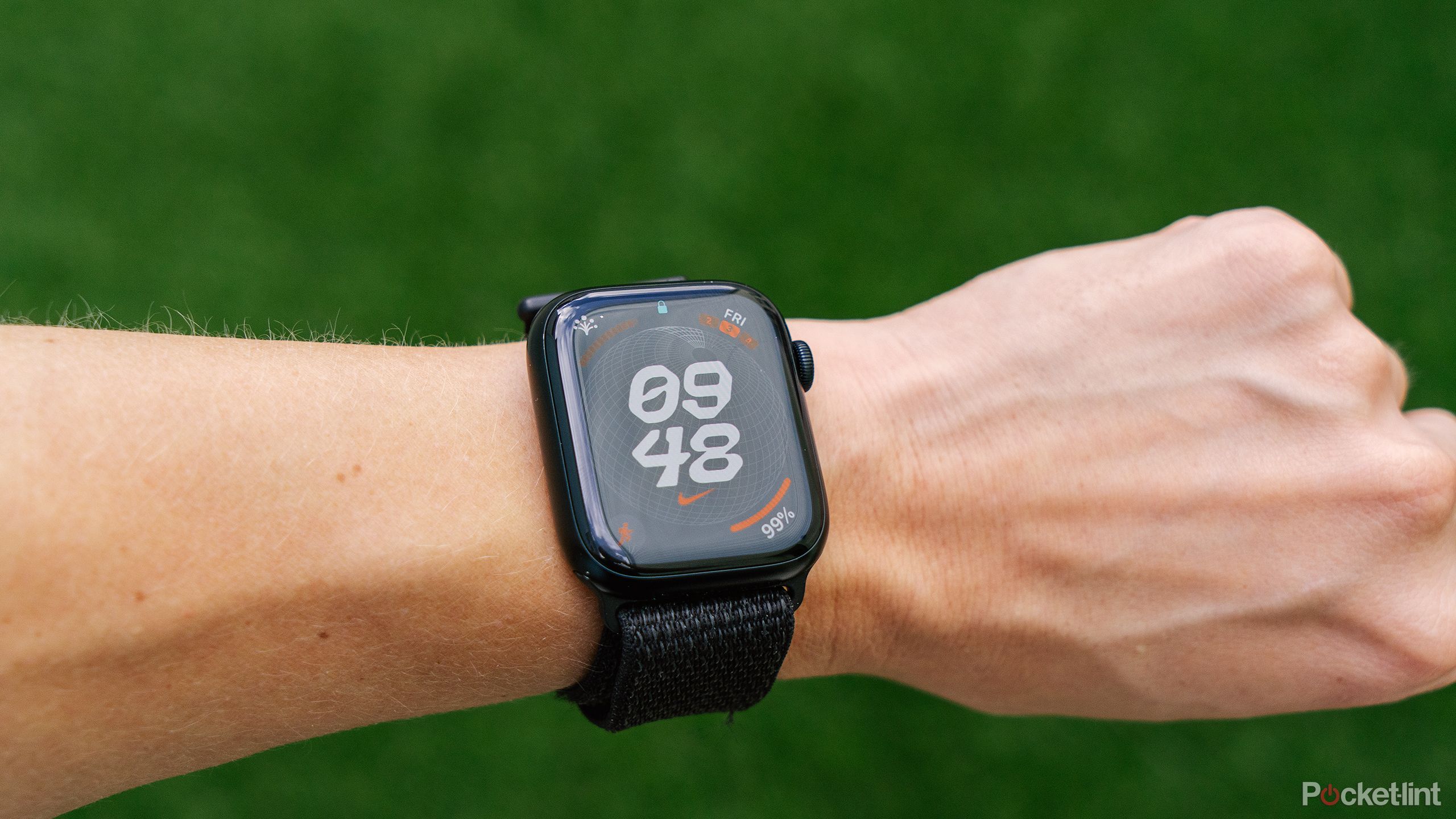
Related
The tech I use to supercharge my weightlifting
You don’t need any apps or gadgets to lift heavy, but they can certainly help.
The toughest possible IP rating for consumer electronics is actually IP69K. It’s extremely rare, a notable example being Nokia’s XR21 smartphone. That device is so tough that you can hose mud off it without batting an eye.
Can you take IP67 and IP68 devices swimming or in the shower?
Think twice before taking a gamble
While it’s possible for IP67 and IP68 products to survive a shower, it’s a bad idea to intentionally expose them unless a manufacturer says it’s safe. Even IP68 devices aren’t rated against high temperatures and pressures, so shower jets could potentially erode or break through resistance seals. Soap risks exacerbating the problem.
Swimming is possible with some IP68 devices, but you’ll want to double-check the manufacturer’s claims.
Swimming is possible with some IP68 devices, but you’ll want to double-check the manufacturer’s claims before diving in. If it’s safe, a manufacturer will usually say so explicitly, and resistance will probably extend beyond 30 minutes. There may also be further depth ratings, such as an ATM, EN13319, and/or ISO 22810 label. The Apple Watch Ultra 2, for example, has an ISO 22810:2010 resistance rating to 100 meters (328 feet), as well as an EN13319 scuba rating to 40 meters (131 feet). You can take it in the ocean without trouble.
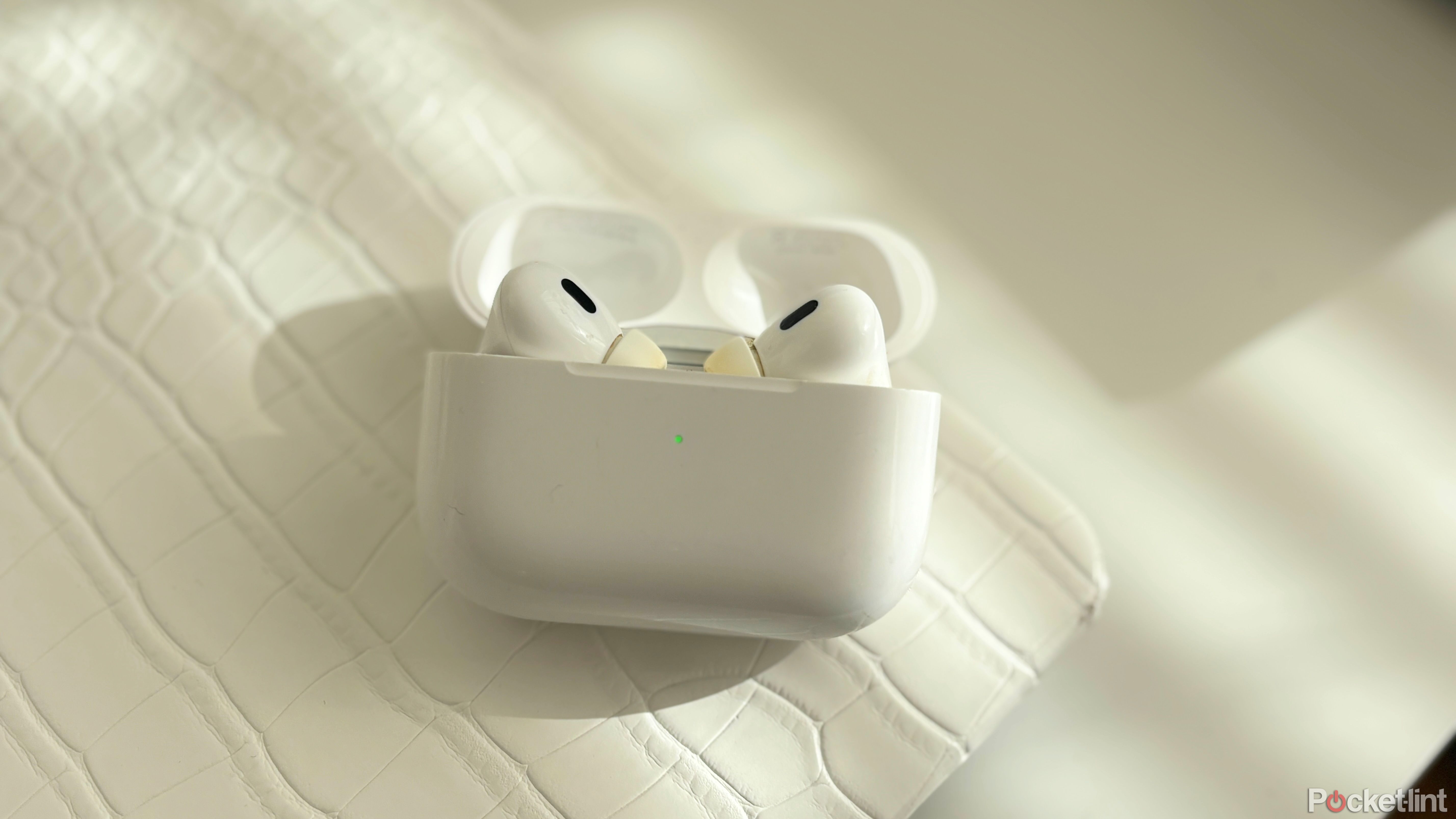
Related
Your AirPods aren’t waterproof: 5 things to do if they get wet
Your AirPods are sweat and water resistant, but they’re not waterproof. So, here’s what to do if they get wet — and no, rice isn’t the answer.
Adding to concerns are the effects of chlorine and saltwater. Those are corrosive, and while some products are designed to resist it, many aren’t.
You should never deliberately take a smartphone swimming unless it’s housed in a fully waterproof case.
Trending Products

Cooler Master MasterBox Q300L Micro-ATX Tower with Magnetic Design Dust Filter, Transparent Acrylic Side Panel…

ASUS TUF Gaming GT301 ZAKU II Edition ATX mid-Tower Compact case with Tempered Glass Side Panel, Honeycomb Front Panel…

ASUS TUF Gaming GT501 Mid-Tower Computer Case for up to EATX Motherboards with USB 3.0 Front Panel Cases GT501/GRY/WITH…

be quiet! Pure Base 500DX Black, Mid Tower ATX case, ARGB, 3 pre-installed Pure Wings 2, BGW37, tempered glass window

ASUS ROG Strix Helios GX601 White Edition RGB Mid-Tower Computer Case for ATX/EATX Motherboards with tempered glass…


